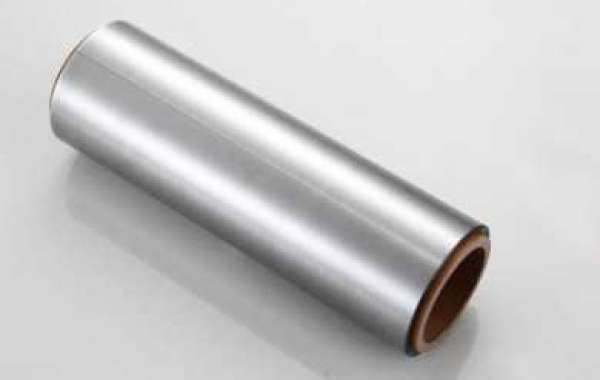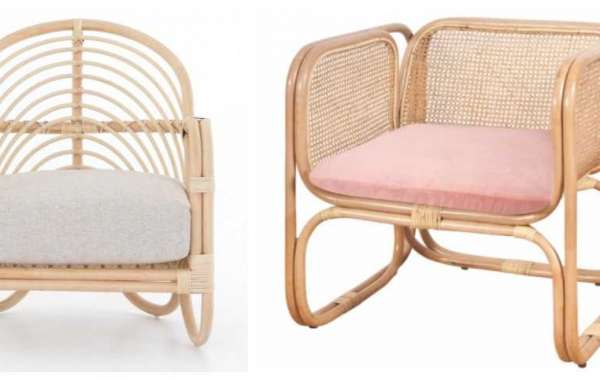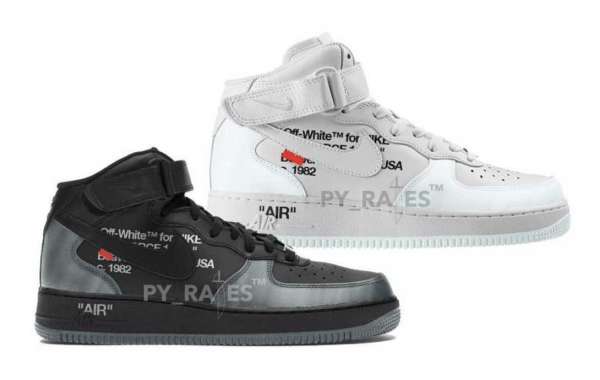The use of aluminum blister foil as a dependable form of product packaging has seen widespread adoption across many different types of businesses. Blister packaging is one of the most advantageous options for the packaging of pharmaceutical products due to its advantageous features, which include good barrier properties, a low cost, and the ability to be customized. In order to help you have a better understanding of blister packaging, this article is going to provide you with a detailed guide to it.

1. What is meant by the term "blister packaging"?
The product is sealed inside of a forming film and then covered with a lid before being subjected to a predetermined temperature and amount of pressure. This method of packaging is referred to as blister packaging. The materials that are used to construct blister packaging are most frequently plastic film, aluminum foil, cardboard, and composite materials.
2. The make-up of blister packaging
Blister packaging is considered to be complete when it has both a forming film on top and a lid on the bottom. The grooves in which the tablets are placed are formed in the forming film by either thermoforming or cold stamping. The aluminum foil lid is located beneath the grooves. Blister packaging consists of a coating, an ink layer, and an ink layer on top of the plastic forming film. Some blister packaging also has an additional layer of aluminum foil placed above the plastic forming film to improve the barrier properties of the blister packaging. Blister packaging is also known as peal and stick packaging.
3. Some applications for blister packaging
Tablets, capsules, suppositories, ampoules, syringes, and other pharmaceutical products are frequently packaged using blister packaging, which is one of the primary forms of packaging utilized in the pharmaceutical industry. In addition, Aluminium blister packaging can be utilized for the packaging of a wide variety of products, including food, cosmetics, and more.
4. Components used in the production of blister packs
Blister packaging's level of barrier properties is determined by the nature of the material that is used to form the film. When selecting a material for this component of the product, it is necessary to take into consideration not only the barrier properties of the material, but also the plasticity of the blister packaging, the ease with which it can be punched, and the compatibility of the aluminium blister packaging with the medication. The following is a list of some of the common materials used in the manufacture of blister packaging.
● PVC
PVC rigid sheet is a material that has a low water vapor transmission rate. In addition to its advantages of good corrosion resistance, good plasticity, and good insulation, this material also has a low water vapor transmission rate. Because of these qualities as well as its relatively low price, PVC is frequently used as a material for blister packaging.
PVC and PVDC
PVDC is the most common coating used in blister packaging. This coating can increase the water and oxygen barrier performance of PVC blister packaging by five to ten times. Additionally, PVDC coating of PVC rigid sheet is a common material used to produce blister packaging.
● PP
When compared to uncoated PVC rigid sheets, uncoated PP rigid sheets have a lower water vapor transmission rate than their PVC counterparts. PP has the benefit of being simple to recycle and possesses good barrier properties; however, due to the material's high level of hardness and the difficulty it presents in thermoforming, it is not yet widely used for blister packaging.
OPA, AL, and PVC
In the production of aluminum blister packaging, OPA/AL/PVC laminate is one of the most frequently used materials. This material has an exceptional resistance to both water vapor and oxygen and is nearly as effective as PVDC/PVC aluminium blister packaging with a 90gsm coating. Additionally, this material has a very high water vapor barrier. However, the OPA/AL/PVC laminate, which is processed using cold forming, causes the production of blister packaging to consume a greater quantity of material than would otherwise be the case.
5. The advantages of using blister packaging include: Superior hermeticity
Packaging in blister trays is very reliable in terms of their ability to seal. Blister packaging can offer varying degrees of protection against oxygen, water vapor, and ultraviolet light depending on the material that it is made of. This helps to ensure that the drug's stability is not compromised in any way.
Packaging in individual doses
The product that is being packaged can be divided up into several distinct compartments using blister packaging. This helps to prevent the medicines inside from becoming contaminated with one another. The medication is also secured in individual compartments within the blister packaging, which helps to prevent breakage while the product is being transported.
An excellent visibility
Blister packaging provides a high degree of visibility. Blister packaging typically has one side that is transparent. This enables manufacturers to more effectively display their wares to consumers and also makes it simpler for customers to determine what is contained within the blister packaging.
Able to be Adapted
There are fewer restrictions on the size and shape of the product because aluminium blister packaging is pressed or heated into shape using interchangeable molds. This means that blister packaging can be adapted and customized to meet the requirements of the user.
Improving a patient's ability to take their medication as prescribed
Multiple medications can be grouped together in a single blister thanks to the packaging method known as blister packaging, and the fact that each medication is contained in its own separate blister helps patients avoid mixing and abusing their medications. The can be printed with instructional text, and the way that the aluminium blister packaging is designed to sort medication can also help patients take their medication more easily, which increases the likelihood that they will comply with their treatment plan.








